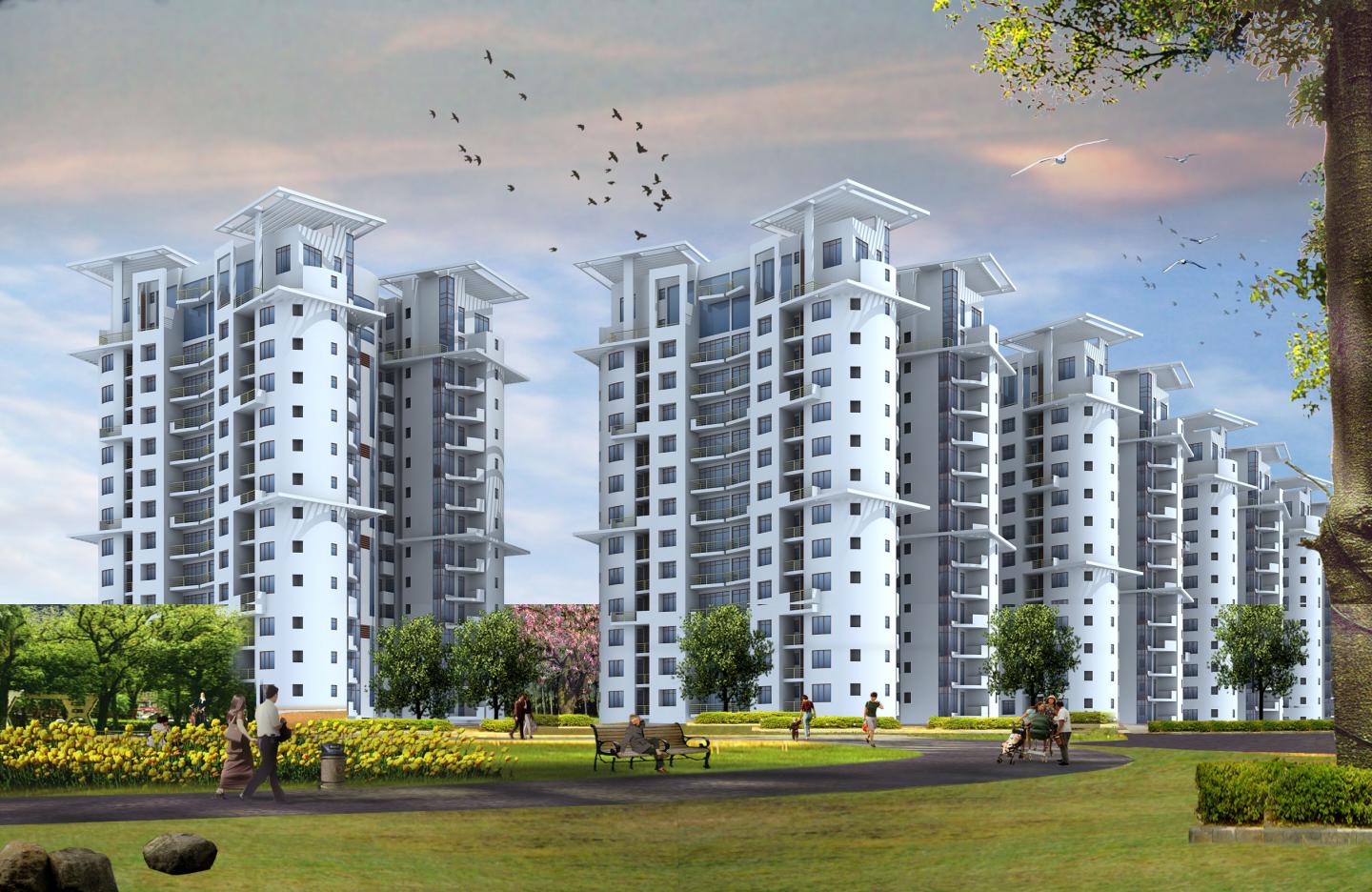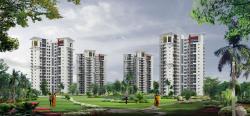Positive-energy buildings, also known as a positive net energy (PNE) buildings, net-positive energy buildings (NPEB), or net positive buildings are buildings with positive net energy consumption, meaning the total amount of energy used by the building on an annual basis is lesser than the amount of renewable energy created on the site. These buildings consequently do not increase the amount of greenhouse gases in the atmosphere. They consume non-renewable energy and produce greenhouse gases, but at other times reduce energy consumption and greenhouse gas production elsewhere by the more amount. Traditional buildings consume 40% of the total energy from the external environment and 50% from non-efficient high in energy building materials which are significant contributors of greenhouse gases and carbon footprints. The positive net energy principle is viewed as a means to reduce carbon emissions and inspire renewal of resources and energy through energy harvesting and resource conservation mechanisms. Energy is usually harvested on-site through a combination of energy producing technologies like solar and wind, while reducing the overall use of energy with highly efficient HVAC and lighting technologies. The positive-energy concept allows for a wide range of approaches due to the many options for producing and conserving energy combined with the many ways of measuring energy (relating to cost, energy, or carbon emissions).The positive-energy goal is becoming more practical as the alternative energy technologies decrease the overall cost of any project.
Some advantages of Positive Energy Buildings are:
Integration of renewable energy resources in project planning
Integration of natural and engineered technology in the architectural design of a project
Implementation of positive-energy concepts in innovating engineering details which result in refreshingly new architectural designs for buildings
Characteristics of a Positive Energy Architecture:
a. Positive net site energy generated: This factor takes care of the energy generation that occurs at the site-level- in this case the amount of energy provided by on-site renewable energy sources is to be made more than the amount of energy used by the building. Such an energy equation restricts wastage of energy at site planning level of design and minimizes the energy loss at the architectural level of design.
b. Positive net source energy conserved: In this case, it is ensured that the architectural design generates the same amount of energy as it has used, including the energy used to transport the energy to the building. This type accounts for losses during electricity transmission. This is to keep a check on the energy loss at the architectural scale of design.
c. Net positive energy conserved during construction: In this case the energy emissions is given maximum priority that results in a negative carbon building or negative emissions building. Under this condition the carbon emissions generated from on-site or off-site fossil fuel use are also considered into the energy calculation and is to be ideally made up for by the amount of on-site renewable energy production and recycling. Other cases include not only the carbon emissions generated by the building in use, but also those generated in the construction of the building and the embodied energy of the structure (i.e. energy trapped in the form of combustible carbon content in the building materials). In many cases fuel expenditure in transportation of the building material is also taken into account- in such a case locally available environment-friendly materials are preferred for construction. The amount of energy units produced should be more than the amount of carbon energy units lost due to emissions.
d. Net off-site positive energy procured: This takes into account
Transportation cost of building materials as well as fuel consumed in transport of the same.
Energy emissions involved in production of the building material
Energy emissions from surrounding structures which may be a result of some in-compatible construction on the site under consideration
2015
0000
15 acres site area with 800 dwelling units
n.a.



